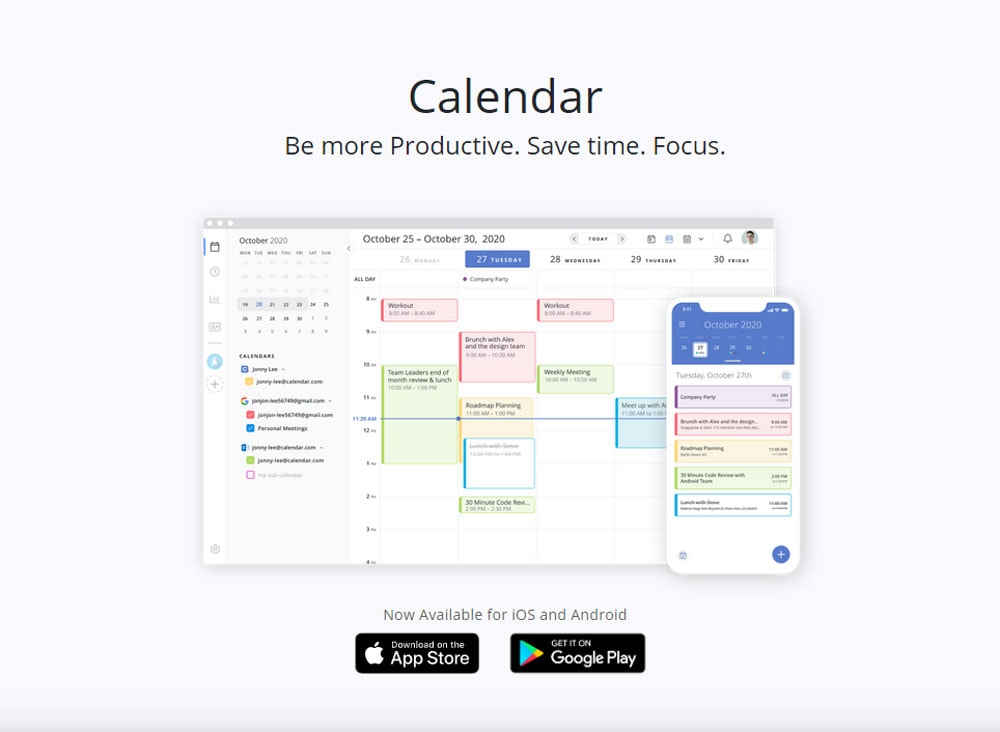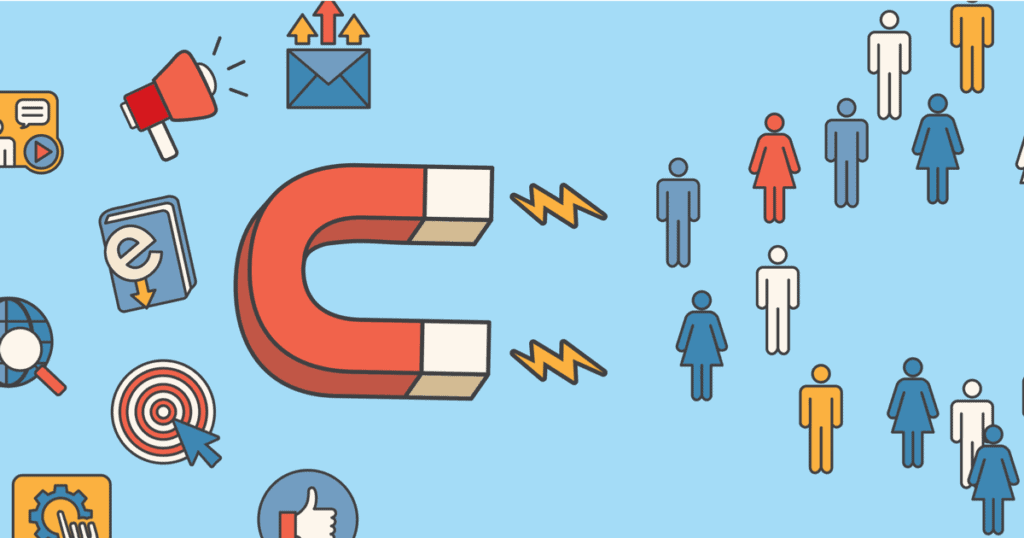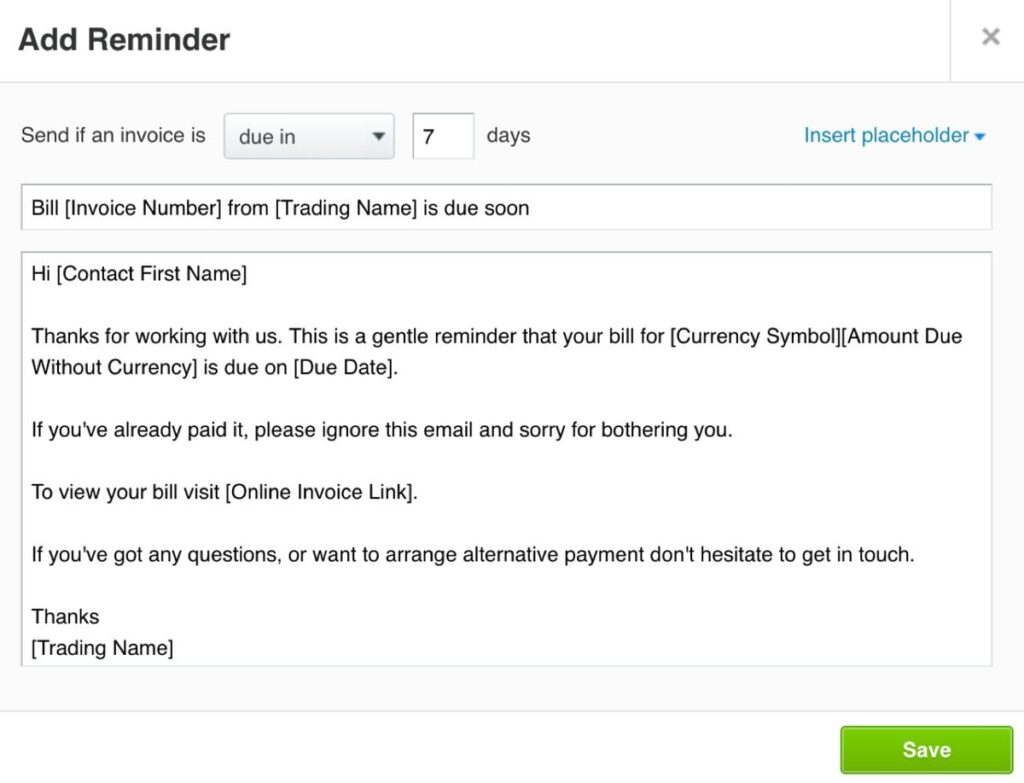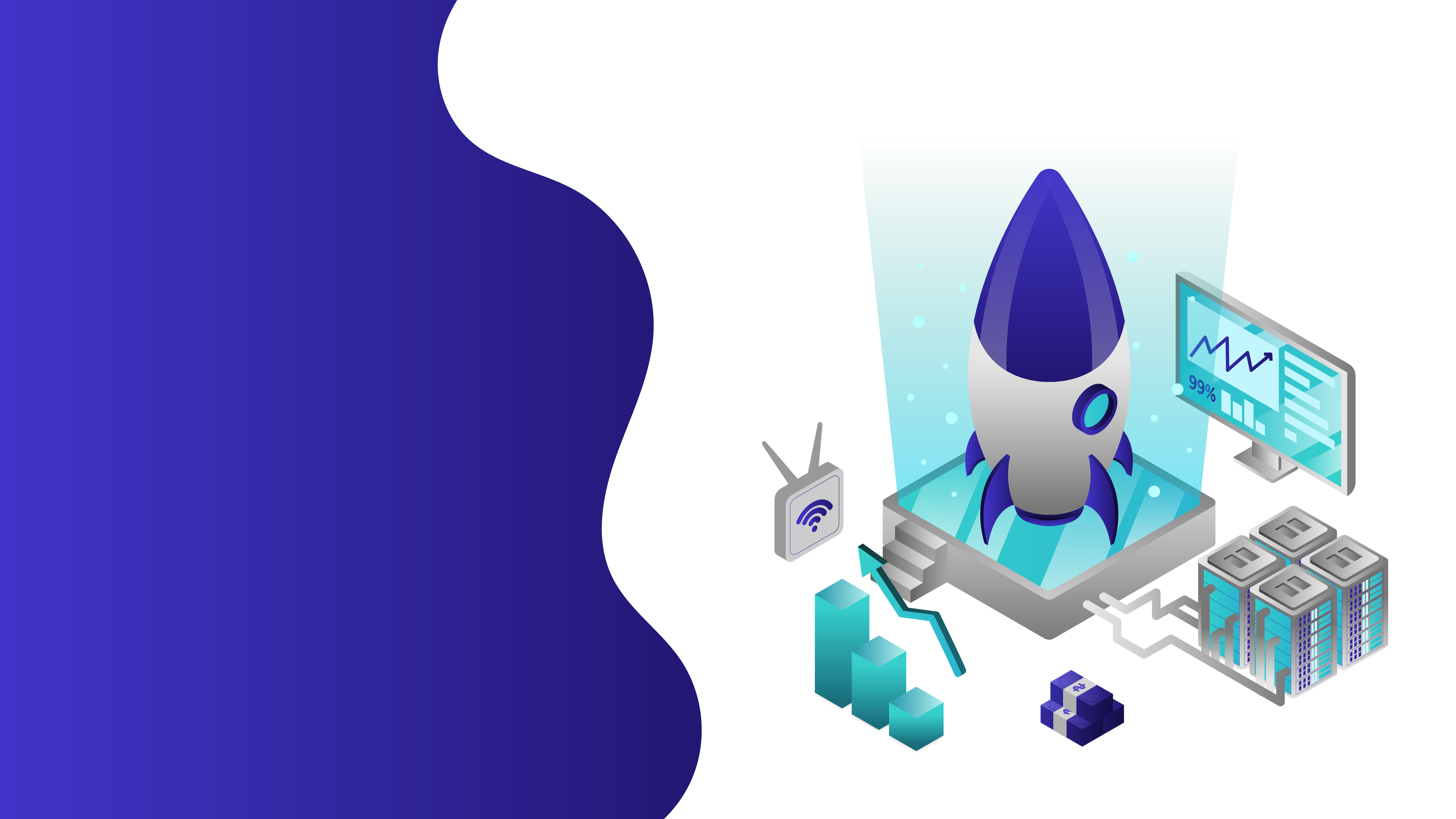
10 Jan 17 Automation Considerations for Any Growing Web Design Business
17 Automation Considerations for Any Growing Web Design Business
As it grows, one of the most considerable productivity drains on a web design business is time lost to tasks that you should ultimately automate.
This is especially true for owners and team leaders, whose primary tasks should be management and strategic thinking, not day-to-day tedium.
With that in mind, below are 17 automation considerations for any growing web design business.
1 – Your IT Department’s Professional Services
If you are a web designer with a growing IT department, you will want to consider professional services automation (PSA).
This refers to a set of technological tools and a platform meant to make it easier for IT service providers and managed service providers (MSPs) to manage their clients.
2 – Email Autoresponses
Most, if not all, can use email accounts to create an autoresponse system.
An autoresponse is an email that is sent automatically to everyone who contacts you through email, and you can use it to let people know when they can expect to hear from you when they won’t hear from you, what your next available date is, and more.
This is the most straightforward technique to reduce the number of follow-up emails you receive from folks who anticipated a quick response.
It’s also the most straightforward approach to establishing clear company boundaries and expectations.
Once your business starts to take off, the amount of time you will spend on email will increase in tandem, and you want to cut out as much of that manual work as possible.
3 – Scheduling

A project schedule lays out the project’s timeframe. It displays the days and weeks on a calendar, as well as the tasks you’ll perform each day.
It also outlines the dates on which you must get feedback from your clients, particularly those that you have agreed upon before doing any design work for them.
Commit to starting each project on the same day (for example, Mondays) to establish this type of timetable. Then stick to the timetable for all of your projects.
You’ll always know when you will complete your work if you have a project schedule in place. With that degree of organisation, most projects will finish ahead of schedule.
By automating your reminders, you don’t need to worry about writing things down on a piece of paper or relying on others to tell you about them.
4 – Feedback reminders
Many clients are not going to be quick with their feedback. What this means is that any work you do for them gets delayed.
It can end up being weeks late in some cases, which might throw off other projects you have on the go, especially if you are continuing to take on more and more clients.
Instead of emailing your clients back and forth, you can use tools like Asana, a free project management application.
With Asana, you can conduct chats with your clients, exchange files, comments, calendars, and more.
Everything is contained on a single page, accessible to reference, and you minimise the amount of time you spend waiting for people to give you the go-ahead.
You can also define a ‘due date’ for any task you create in Asana. This means you can create a task like “Feedback Is Due,” assign it to your customer, and set a deadline for it.
Then, a day before their input is due, Asana sends them an email.
5 – Follow-up Emails to Older Clients
Many web designers mistake failing to follow up with clients they have done business with in the past. They do the one job and then never contact the person again.
Perhaps they hope that a satisfied customer will return to do business again if and when they require their services.
A follow-up email marketing campaign is an integral part of marketing automation and remarketing.
However, operating this way is a huge mistake and can result in thousands of dollars lost. If your clients are happy with your work, they will almost certainly want to work with you again, but they will most likely forget about you if you don’t stay in touch.
Not only that, but if you stay present in their minds, they might not need your services right at the moment, but they might know a friend or someone in their network who is looking for what you’re offering and provide you with some precious referral business.
6 – Assigning Inbound Leads

Some folks go right to the phone instead of filling out the “contact us” form.
While making a phone contact is a terrific approach to start creating a relationship with a possible customer, if you don’t have a system in place to follow up on leads, those possibilities may be lost after you hang up.
A lot of the time, phone call follow-ups are well-intentioned but poorly executed.
You can create an internal form to utilise when individuals call using automation software. Before assigning a sales professional to follow up, provide the client’s contact information and pertinent remarks.
The form informs the sales representative that a fresh lead has been generated. Meanwhile, the program sends the potential buyer an automatic introduction email from that sales professional.
7 – Auto-add Clients to Your Email List
Keep in touch with your customers by adding them to your mailing list. This way, they’ll be the first to know about any future sales or new services you provide.
Just keep in mind that you must first obtain the client’s approval. You can obtain this approval by asking them to consent to be included in your mailing list using a checkbox on your contact form.
You will have to sign up for a free Zapier account to add a customer to your email list automatically. Zapier enables you to link apps and automate processes.
8 – FAQ Page
Create an FAQ page to respond to frequently asked inquiries from your customers.
Make sure to include a link to your FAQ page on your contact page so that people may see if their question has already been answered before contacting you. It saves both parties time by eliminating the need to write a message.
In your email autoresponder, you can also include a link to your FAQ website, inviting readers to visit there if they haven’t already to receive a quick answer to their query.
9 – Invoice Reminders

Emailing clients to remind them that their payment is due is a nightmare. Whether deliberate or forgetful, unpaid work is one of the biggest cash flow problems you will encounter as you grow your web design business.
Most invoicing systems (including Dubsado* and Freshbooks*) allow you to set up invoice reminders, so you don’t need to worry about asking for past money. It’s all taken care of by the app.
10 – Create a Portal
Do you get many inquiries from your clients after you’ve done working with them? While you are probably delighted to assist them, it can take longer.
Create a customer portal (or page) on your website to reduce the number of enquiries you receive.
This page might include all of the frequently asked questions, as well as lessons and videos. You may find you get a lot fewer queries from clients after setting up this page, which can save you a tremendous amount of time answering redundant or unnecessary questions.
11 – Reusable Project Templates
As stated, Asana is a great way to keep track of tasks. You should create a project page for each customer, but you should start reusing pages for each customer you take on instead of starting over every time you book a new client.
This isn’t so much an act of automation as it is one of standardisation, but, like everything else on this list, it can end up saving you a tremendous amount of time, effort and ultimately money as you grow.
12 – Call Scheduling

Do you and your clients exchange hundreds of emails trying to figure out when the best time is to call each other? This can be quite a headache, especially if you are in different time zones.
Use a scheduling service like Calendly or Acuity Scheduling to keep track of your appointments.
These applications show your customer when and where you’re accessible and display those dates in their timezone.
13 – Bill and Worker Payment
You can do this by setting up a standing order with your bank to ensure you never forget to pay a company bill.
A standing order is a monthly request to your bank account to make fixed payments to a specific person or firm. Set this up, and you won’t have to worry about your expenses.
The peace of mind alone makes it well worth automating this process, but the time component is also something to consider as you continue to grow your business.
14 – Phonecalls
When you’re running a small business, it’s easy to lose a game of phone tag. Let’s say you leave a message for a potential customer, and he calls back when you’re in the middle of a meeting.
You remember to call him back when you go back to your work, either in your head or on a Post-It note. But, unfortunately, it’s back to voicemail.
If you keep playing while chasing other players, you may finally give up—either on purpose or because you were too preoccupied to recall the call. That suggests you had a lead and then squandered it.
Establish an automated mechanism for returning phone calls to keep track of your progress. You can record in the system that you left a message for a contact using automation software.
This sends him an email that says, “I just left you a voicemail.” I apologise for missing you! If I don’t hear from you by tomorrow, I’ll contact you.”
The program then reminds you to call tomorrow, as promised, without the use of Post-It notes. There haven’t been any leads that haven’t been followed up on.
15 – Offering Free Content

Don’t expect potential clients to invite you into their inboxes, no matter how great your products or services are. It would help if you enticed them to opt-in.
If you are successful at this, you can generate new leads and demonstrate your expertise by providing free content to individuals who sign up for your emails, such as an ebook, PDF, video, or other types of resources.
By automating the procedure, you can also avoid mailing materials manually. Add a web form to your site that allows visitors to raise their hand if they want to receive your material.
When a lead fills out the form with their name and email address, automation software sends the desired resource.
16 – Welcoming New Clients
A client’s relationship with you does not stop with merely the sale. It’s merely the beginning.
Sending a series of welcome emails to new clients will show them that you care about their support and allow them to get to know you and your company.
With automation software, staying in contact is a breeze. Set up your program to send a sequence of emails after a customer makes a transaction.
Include a thank you and an introduction to your firm in the first email you send following a purchase, whether it’s in the form of answers to commonly asked questions or an outline of what your services involve.
17 – Client Satisfaction
A satisfaction survey can help give you the insight you need to develop your business, whether the findings are positive or destructive.
Is the consumer dissatisfied? Determine what went wrong and what you might have done better. Is your product or service well-liked by the customer? Find out why the product appealed to them to duplicate your accomplishment.
Send a survey link to clients who have recently purchased using automated software.
The survey, which takes the shape of an online form, can be as essential as one question: “How pleased were you with your latest purchase?” with three options: “not satisfied,” “neutral,” and “satisfied.”
Conclusion
You can do plenty of things to ensure you are maximising the use of your time as your web design business grows.
As always, automation is your friend. Keep the above automation strategies in mind and ensure you spend your time on the things that matter–keeping clients happy and expanding your business.
The post 17 Automation Considerations for Any Growing Web Design Business is by Stuart and appeared first on Inkbot Design.


